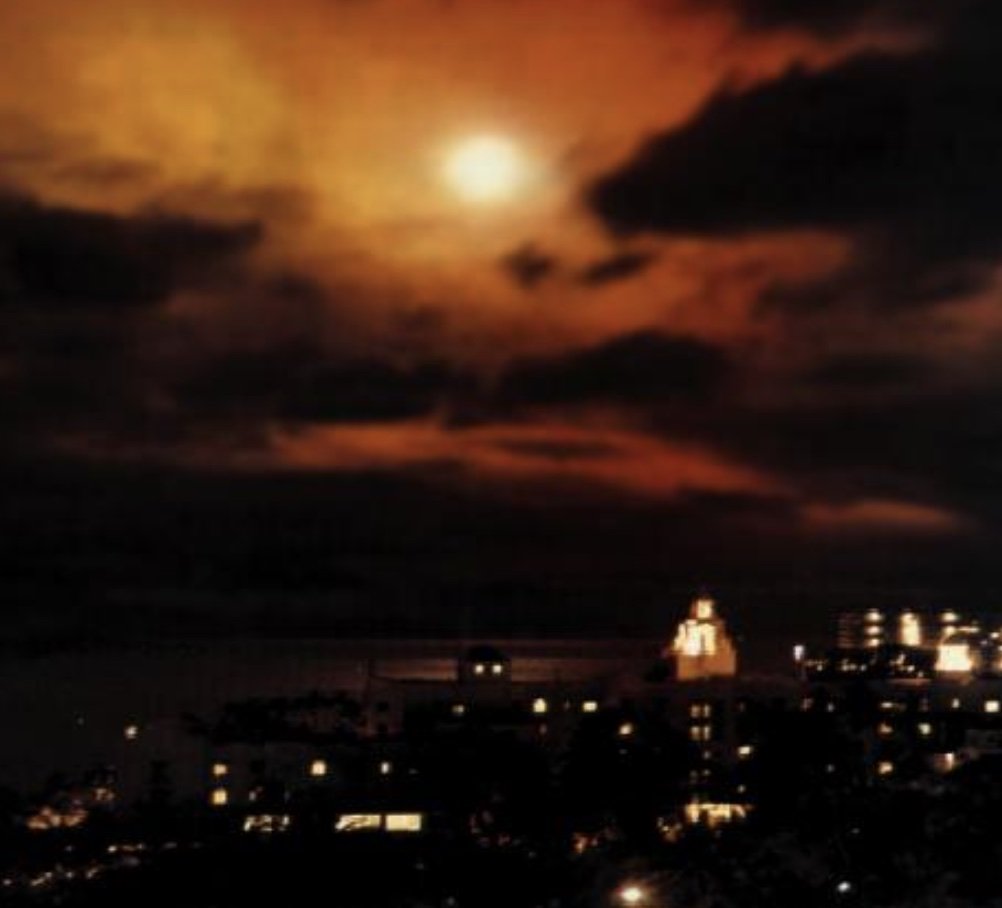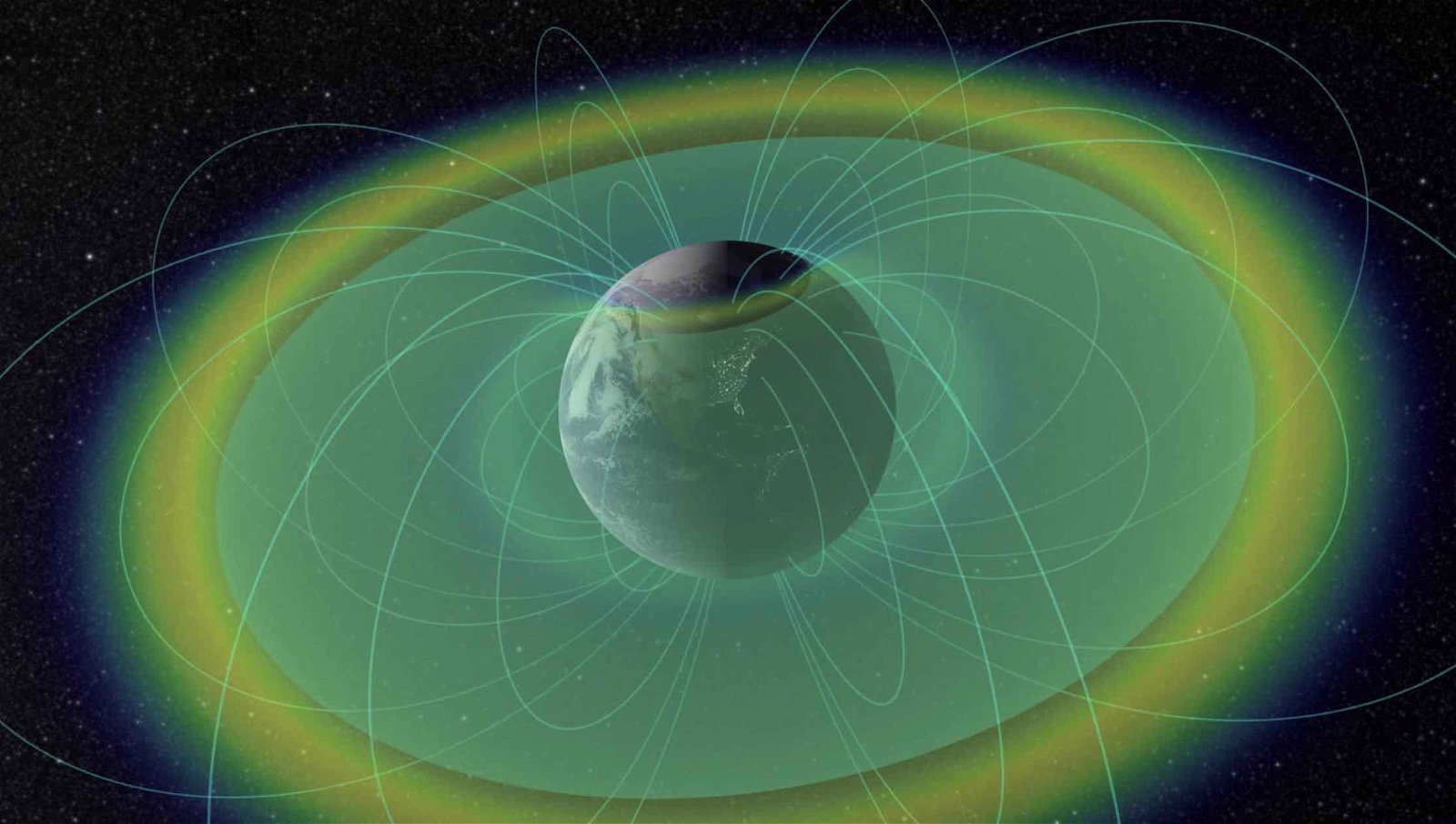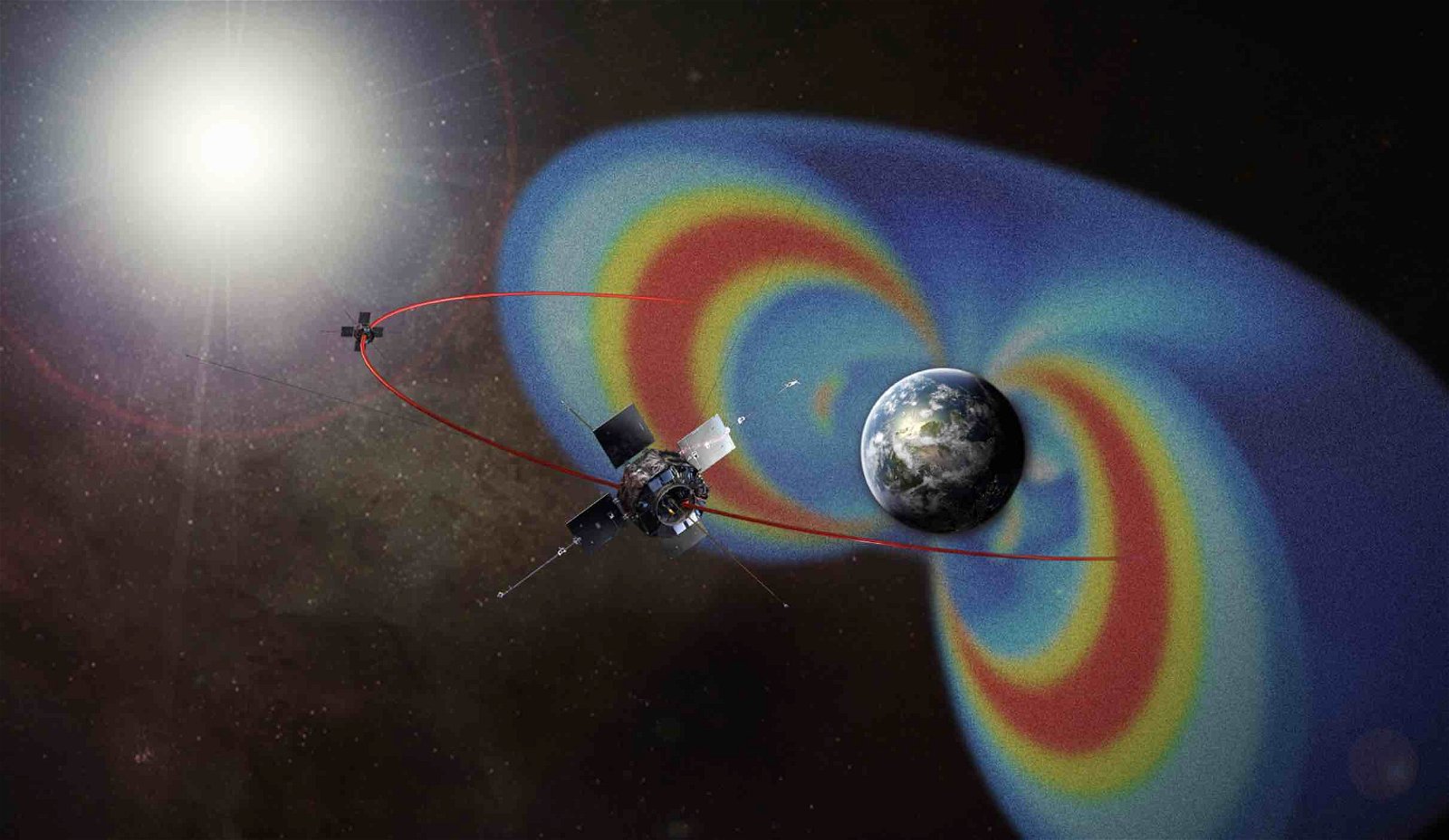On July 9, 1962, the largest in a series of tests involving nuclear explosions in space was conducted by the United States. Dubbed Starfish Prime, the test involved the launch of a W49 thermonuclear warhead developed at Los Alamos from Johnston Atoll in the Pacific Ocean.
The warhead detonated approximately 250 miles above the Earth, producing belts of radiation as high-energy electrons became trapped, amplifying the magnitude of the natural Van Allen radiation belt and increasing the potential adverse effects of the trapped radiation.
Now, a scientist at Los Alamos National Laboratory has found a novel means of offering better protection for space technologies: by fixing mistakes in mathematical calculations related to the effects of nuclear explosions in space that have gone undetected for close to half a century.


The errors relate to our understanding of the influence electromagnetic waves exert on the dispersal of electrons that become trapped in the planet’s magnetic fields when nuclear explosions in space occur.
According to Greg Cunningham, a space scientist with Los Alamos National Laboratory, the discovery and resolution of these longstanding errors in past mathematical calculations will offer scientists an opportunity to improve protections for space technologies, particularly involving models governing the effects of radiation resulting from the detonation of nuclear devices at high altitudes.
“This allows us to make better predictions of what that threat could be and the efficacy of radiation belt remediation strategies,” Cunningham said in a recent statement.
Nuclear Explosions in Space Damage Satellites
Following the 1962 Starfish Prime test, the effects of the creation of artificial radiation belts disabled at least six satellites during the ensuing months, with radiation causing significant damage to their electronic systems and solar arrays. Among the satellites damaged were Telstar, the first commercial relay satellite, as well as the Transit Research and Altitude Control (TRAAC) satellite, Transit 4B, and Ariel 1, the first British-American satellite.
Today, researchers rely on heliophysics models to explore natural phenomena that includes shielding provided by Earth’s magnetic fields against the solar wind and cosmic rays. These models also help determine the processes underlying how electrons become trapped in the near-Earth environment following a nuclear explosion in space, forming artificial radiation belts that are capable of damaging spacecraft in orbit.
“When these electrons become trapped in the inner radiation belt for many years, they could destroy existing satellites and make it impossible to deploy new ones,” Cunningham recently warned.
Conflicts with Quasilinear Theory
A primary means of understanding the physics underlying how particles scatter involves what is known as quasilinear theory, upon which many modern simulations used to understand how spacecraft and other orbital technologies can be protected is based. Quasilinear theory is also used to explain plasma turbulence, which describes the state of plasmas (and fluids) where chaotic structure and dynamics occur through nonlinear interactions.
Exploring past scientific literature that discusses quasilinear theory, Cunningham says he began to notice errors in the current equation that is the cornerstone for all existing models developed by space physics experts.
In some of these models, the error Cunningham discovered can lead to significant consequences, including “orders of magnitude difference in the scattering rates,” according to Cunningham.


“Now, researchers who have written papers over the last 20 or 30 years can go back and take a look and see whether or not this affects their work,” he says.
Perhaps one of the most remarkable aspects of the error is how long it remained before anybody noticed it, although he cites a very human reason for this.
“The error went undiscovered for so long simply because the research community didn’t think the original authors, who are highly cited researchers in the field, could have made this mistake,” Cunningham says.
Cunningham’s new paper, “Resolution of a Few Problems in the Application of Quasilinear Theory to Calculating Diffusion Coefficients in Heliophysics,” was published in AGU.
Micah Hanks is the Editor-in-Chief and Co-Founder of The Debrief. He can be reached by email at micah@thedebrief.org. Follow his work at micahhanks.com and on X: @MicahHanks.

